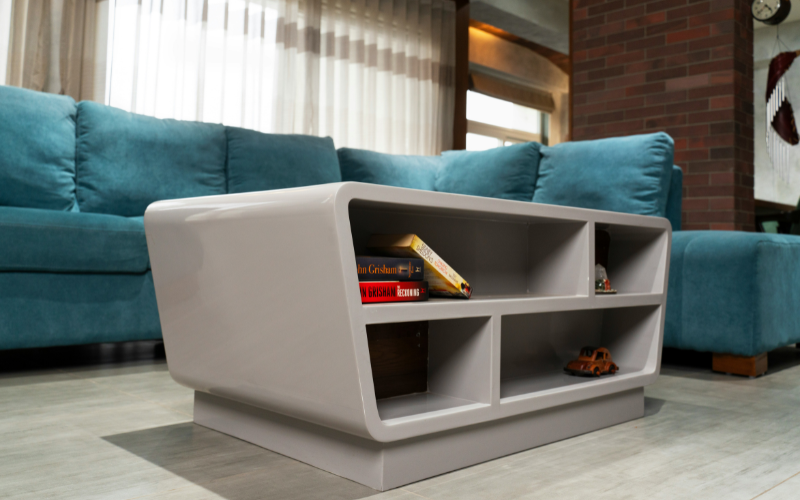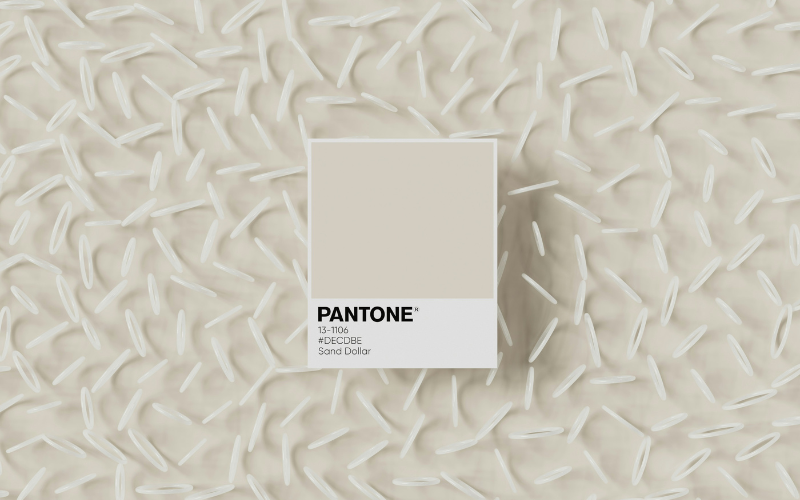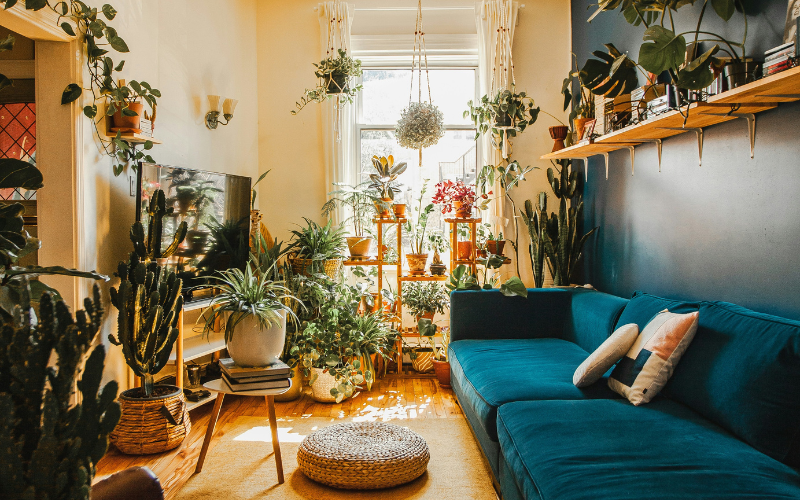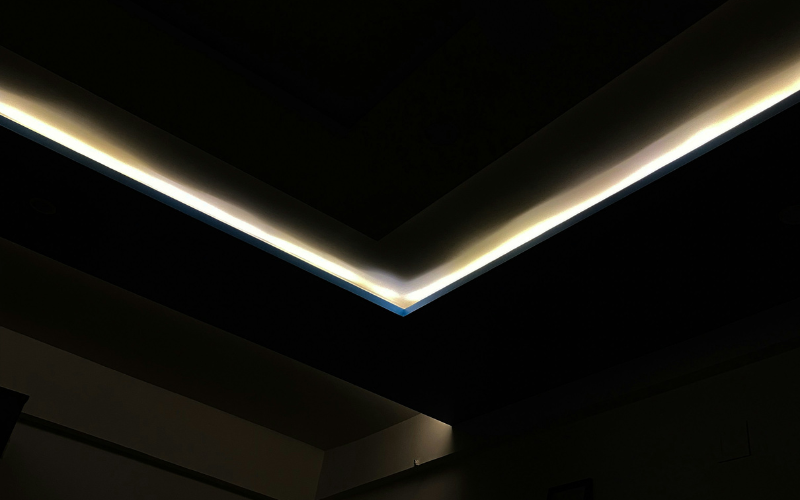Tiny Spaces, Big Dreams: Interior Hacks for Studio Apartments in Nepal

Studio living doesn’t mean giving up style, comfort or personality – it just asks for smarter decisions. Whether you’re in a compact Kathmandu apartment or a cozy flat in Pokhara, these practical, trend-aware hacks will help you make every square foot count. Here are some mixed global trends, evidence-backed tips and Nepal-specific suggestions so your studio can feel roomy, stylish and truly yours.
Why small-space design matters now
Urban populations and rising rents mean studios are increasingly common – and designers are responding with clever multifunctional solutions. Trends for 2024–2025 emphasize sustainability, wellness, and furniture that works harder (not bigger). These movements shape how we furnish and style tiny homes worldwide.
1. Start with zoning: create rooms without walls
Use open shelving, rugs, curtains, or low cabinetry to divide functions (sleep, work, relax) while keeping visual flow. Bookshelves or a slim console placed perpendicular to a wall make excellent partial dividers that also add storage and display space – a common recommendation in small-space guides.
Practical tip for Nepali style: a lightweight dhaka curtain or a woven screen adds a local texture while remaining affordable and movable.

2. Go multifunctional: furniture that transforms
The single most powerful strategy for studios is multifunctional furniture: sofa beds, extendable tables, desks that fold into cabinets, and Murphy (wall) beds that hide away during the day. Modern Murphy beds often include built-in shelving or a desk to double their utility. If you need a big transformation for a small footprint, these pieces deliver the most floor-space gains.
Buying note: Check local carpenters for custom Murphy or fold-away units – it’s often cheaper and better-suited to Nepali building sizes than imported mass-market models.
3. Prioritise vertical – shelves, hooks and lofts
When floor space is scarce, look up. Tall cabinets, wall-mounted shelves, pegboards and vertical bike racks free up precious square footage. Loft beds or raised sleeping platforms are also a popular way to create usable space beneath for a desk, wardrobe, or lounge area. Designers around the world point to vertical solutions as low-cost but high-impact.
DIY idea: Install sturdy wall rails and interchangeable baskets – great for kitchens in Nepali apartments with limited countertop area.
4. Concealed storage: keep clutter out of sight
Under-bed drawers, ottomans with storage, and built-in bench seats are classic space-savers. Concealed storage keeps visual noise down – critical when every surface is visible in a studio. Experts repeatedly recommend “hidden” solutions to maintain a calm, uncluttered aesthetic.
Local hack: Convert large old suitcases into under-bed storage for seasonal clothes or paperwork – stylish and economical.

5. Choose a tight, consistent palette to visually expand space
Light, neutral walls and ceilings (soft whites, warm beiges, pale greys) bounce light and make a room feel larger, while a tight palette reduces visual fragmentation. Accent with one or two deeper colors in textiles or art to add personality without shrinking the space. International trend forecasts for 2026 recommend this restrained approach combined with natural textures.
Pro tip: Use a single floor rug to unify zones rather than multiple small rugs that break up the eyeline.
6. Invest in layered lighting – it changes everything
Good lighting makes small spaces feel bigger and more welcoming. Combine ambient (overhead), task (desk/reading), and accent (LED strips, picture lights) lighting so each zone can be set independently. Strategic lighting is one of the easiest ways to transform a compact unit from cramped to cosy.
Affordable option in Nepal: LED strip lights and clip-on lamps are widely available on local marketplaces (e.g., Daraz) and are cheap, easy to install, and energy efficient.
7. Embrace biophilic touches – plants that fit small spaces
Plants visually enlarge a room, improve air quality, and add a calming presence. For Nepali studios, choose low-maintenance varieties that tolerate variable light and occasional neglect: money plant, snake plant, ZZ plant, and small palms. These are commonly recommended for urban households and are readily available locally.
Care tip: Group small pots on a tiered plant stand near the window to create an indoor “green corner” without using floor space.

8. Bring global trends home: Japandi, texture, and conscious design
Current global small-space trends that translate well to Nepali studios:
- Japandi / Minimal naturalism – muted palettes, clean lines, and warm wood tones that maximize calm and function.
- Textured accents – wood panels, woven baskets, and tactile fabrics that add depth without clutter.
- Sustainable pieces – secondhand finds, upcycled furniture, and locally made crafts to lower your footprint and support local makers.
Style suggestion: Combine a Nepali handmade rug or handloom cushion with simple snake plant silhouettes for a local-global hybrid that feels both modern and rooted.
9. Smart tech for tiny living (but keep it subtle)
Smart plugs, slim air purifiers, compact Wi-Fi routers, and modular LED lighting let you add convenience without big hardware. Use tech to solve practical problems (air quality, heating, lighting schedules) rather than as decorative clutter.

10. Where to shop in Nepal (quick guide)
- Local carpenters & makers: Best for custom loft beds, hidden storage, and Murphy-style frames tailored to your wall and ceiling heights.
- Online marketplaces (Daraz, Sahayog, local FB groups): Fast sources for lighting, small furniture, and plants.
- Secondhand & thrift stores: Great places to find compact tables, vintage stools, and rugs you can upcycle.
Small living is an opportunity to design intentionally. With multifunctional furniture, smart zoning, and a thoughtful material palette – mixed with a few Nepali handmade touches – a studio can feel spacious, stylish and completely unique. Start with one change (a Murphy-style bed, a lofted sleep nook, or a single statement shelf) and let your space evolve.
Also Read
Nepali Gen Z and the Art of Remixing Culture
From Titaura to Tacos: Gen Z’s Wild Fusion Food Obsession
A Rising Star with Heart: John Chamling Rai
To Every You, To Every Me: The Anime That Made Us Believe in Love Across Worlds
Aloft Kathmandu Thamel Organizes 11th “Road to Give” Charity Fund Session




























